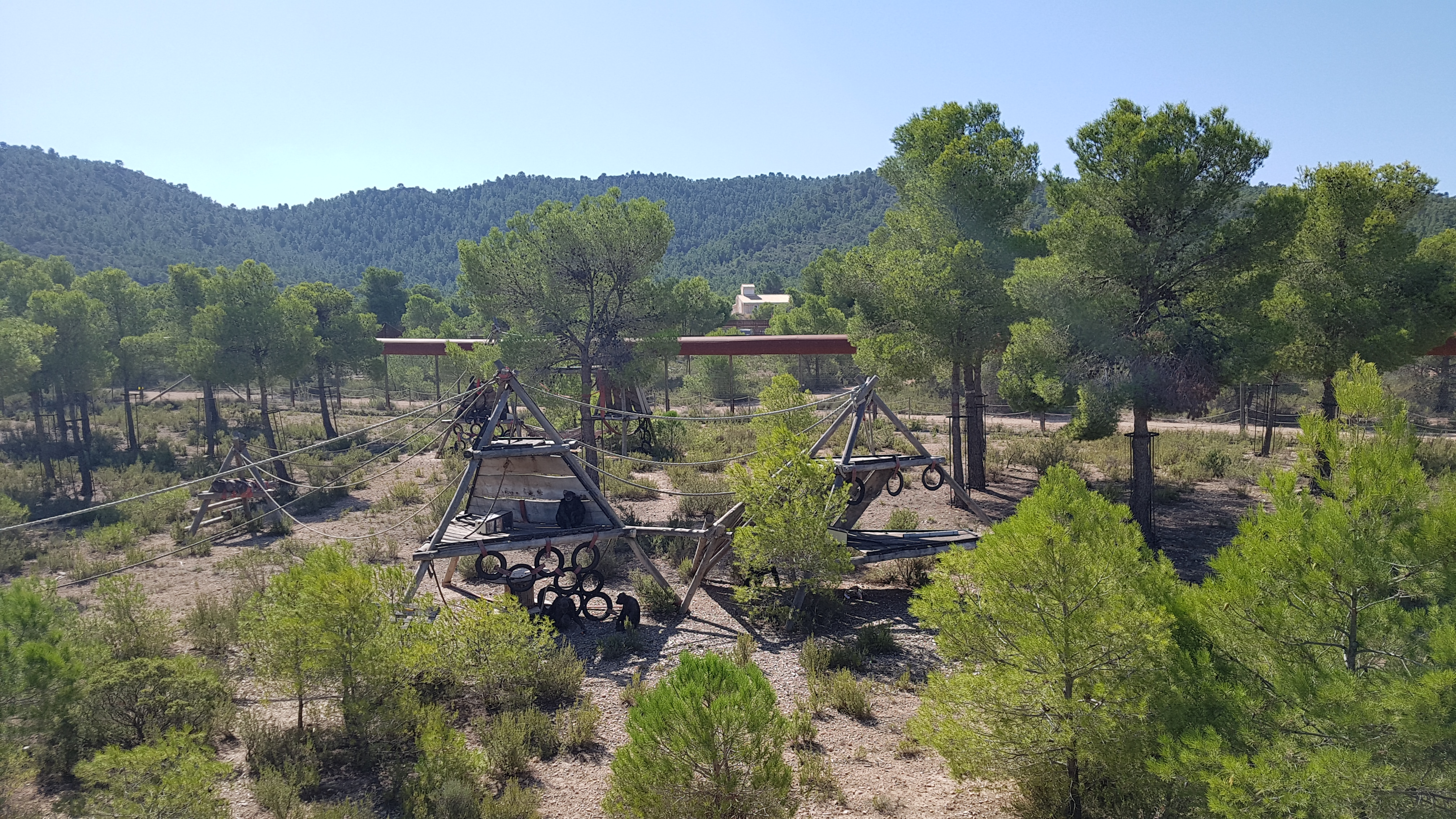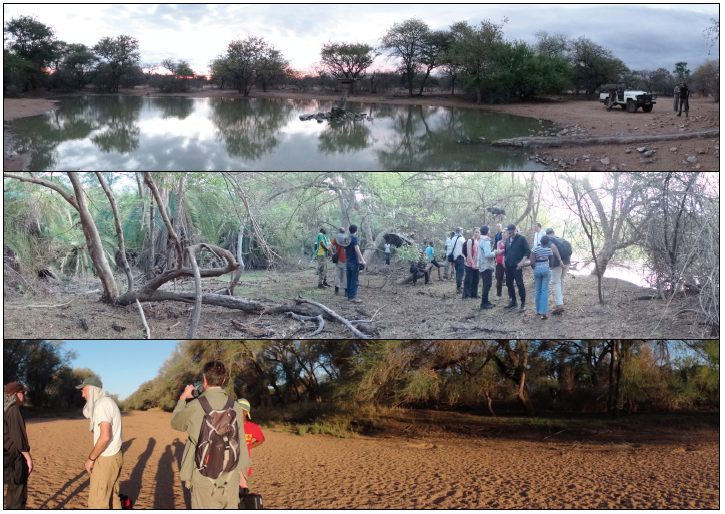Recording lions and chimps in Spain
Spain isn’t precisely the first country that would jump to mind when thinking of big cats and great apes, but nevertheless I recently went there to get some high quality, close up recordings of lions and chimpanzees. I was given permission to spend a day at the most excellent wildlife refuge centre Primadomus, the Spanish headquarters of the Dutch foundation Stichting AAP. AAP/Primadomus rescue animals, in particular primates and big cats, rehabilitate them and either find them a new home or let them live out their days at AAP/Primadomus’s generous facilities.
I normally try to record animals in their natural environment, in the wild so to speak. I think there are a lot of unique calls and interactions that can only be observed and recorded that way. But the flip side of recording in the wild is that unpredictability is huge, so you need a lot of time and a healthy dose of calculated luck. Being granted permission to spend a day in close proximity to species as vocal as chimpanzees and lions was a great way for me to get some recordings I would otherwise struggle to get.
One of the two generously sized chimp enclosures. There are also separate areas for other primates, and the big cats.



